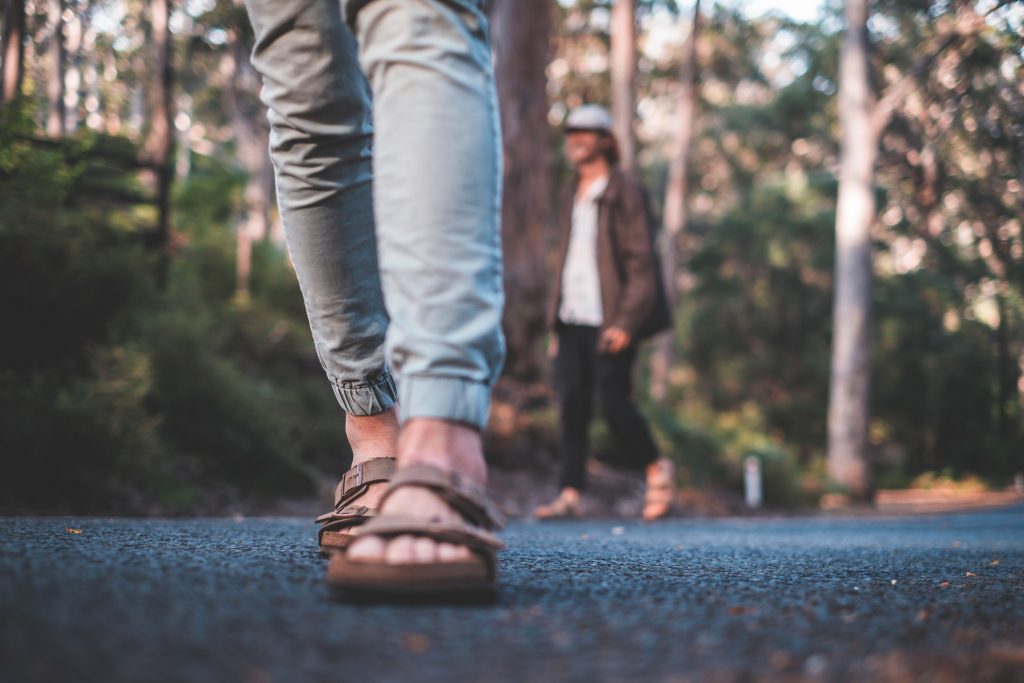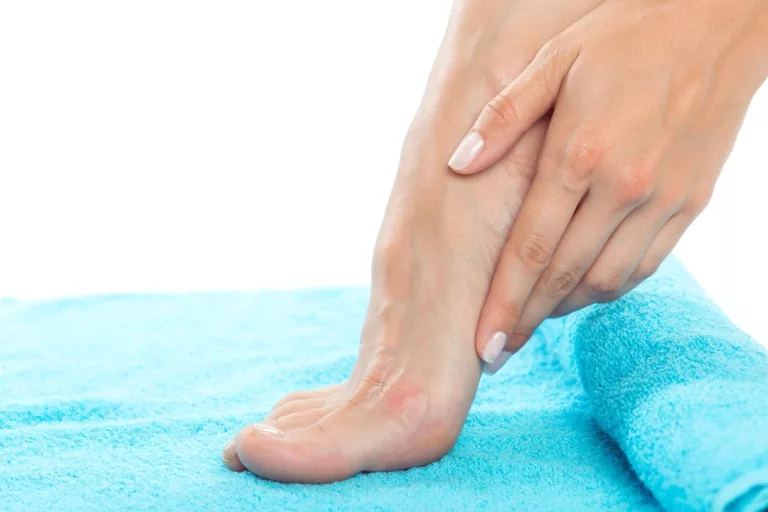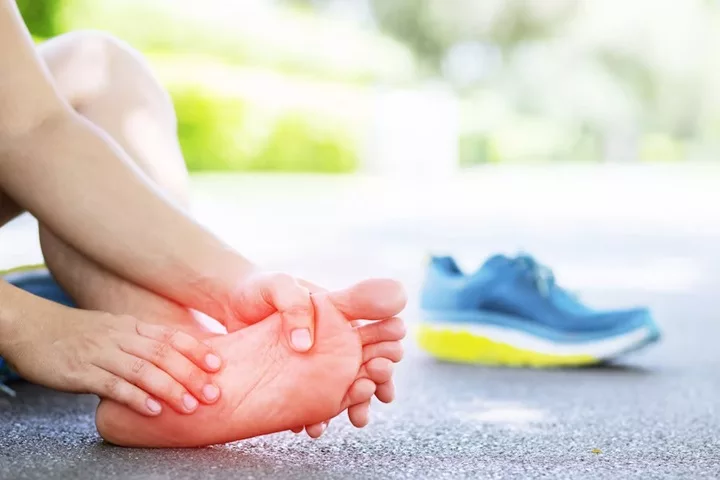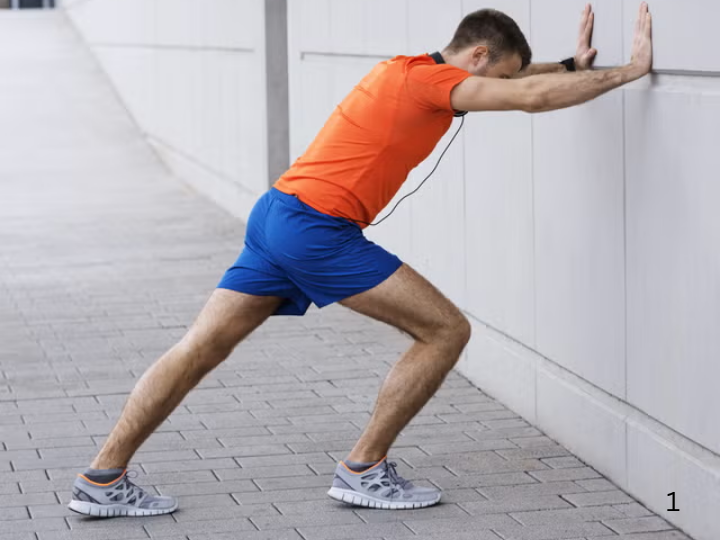The Right Shoe
Wear the Right Shoe to Avoid Achilles Tendon Injuries.
Do your athletic shoes bend in the middle? If so, they can put pressure on your heel and achilles tendon and cause injury, especially when playing any sport that requires running or jumping.
The Largest Tendon in the Body
The Achilles tendon is the largest tendon in the body and connects the calf muscle to the heel bone. When the middle of the sole in an athletic shoe collapses, pressure is transferred from the midfoot area to the heel, which can stretch the Achilles tendon excessively. This can lead to inflammation, also known as Achilles tendonitis.
Warning Signs
Warning signs of Achilles tendonitis include pain and swelling in the tendon area following exercise. The leg may also feel stiff or tired. Rest, ice and anti-inflammatory drugs, such as ibuprofen, can relieve Achilles tendonitis, but if symptoms persist, schedule an appointment with your foot and ankle surgeon so he or she can determine the extent of the problem and the potential risk for a ruptured or torn tendon. A torn or ruptured Achilles tendon requires surgery, and recovery is often slow and involves extensive rehabilitation.
To Avoid Achilles Tendon Injuries:
· replace your shoes every 400 miles
· always stretch and walk before beginning any strenuous exercise
· increase the difficulty of any new exercise programs gradually
The Right Shoe – A Good Fit
A good fit means a lot more than just the right shoe size and width; it means the correct arch, cushioning, firmness, height, and heel height.
Keep shoes that fit well, get rid of old worn out shoes and shoes that do not have a good fit.
Don’t forget, your foot and ankle surgeon is always here to help you select the proper shoe for your favorite athletic activity.




